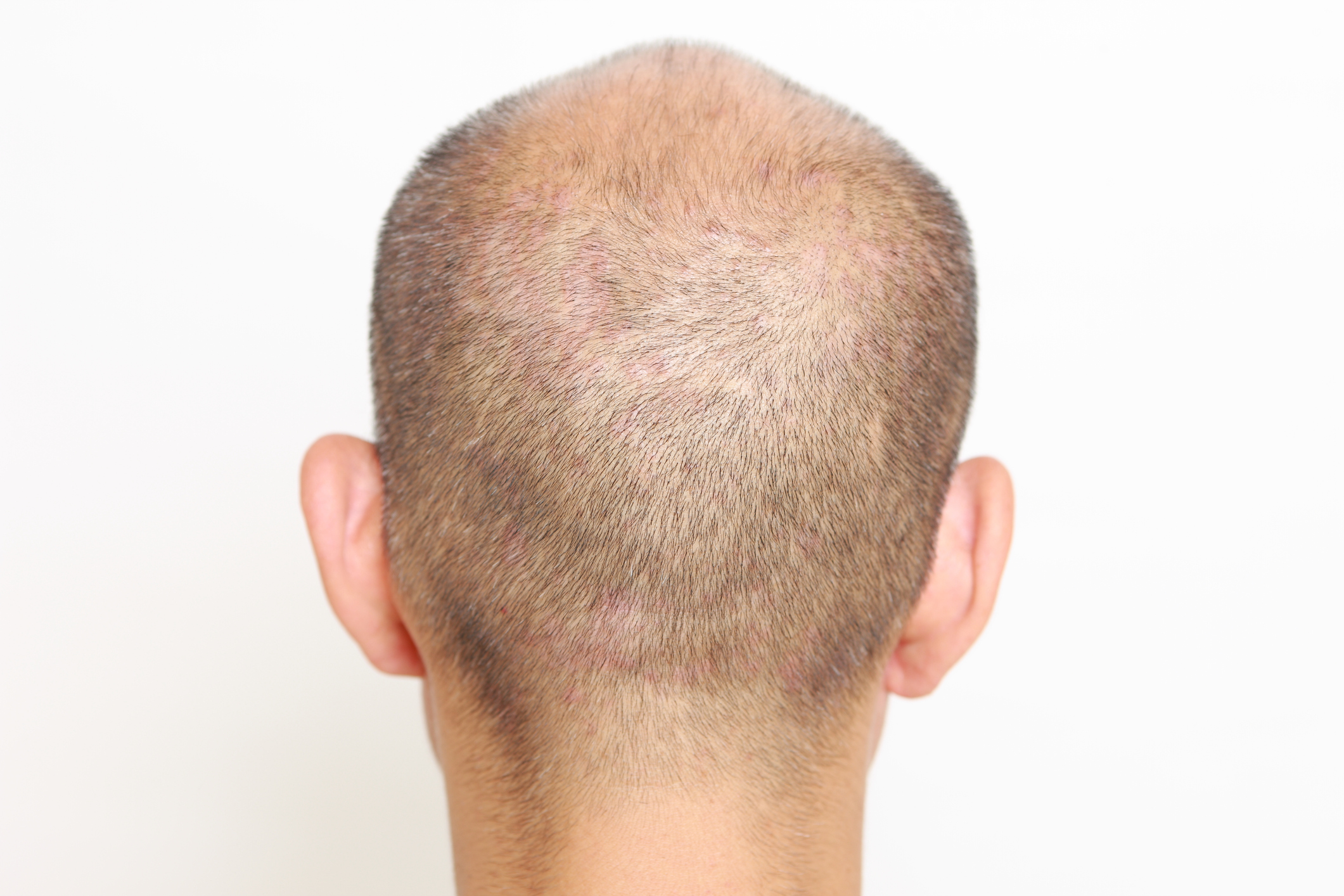Getting a hair transplant involves, on the basic level, moving hair follicles from the donor zone at the back of your head to the recipient area on your hairline or top of your head. While we typically focus on the recipient area where the hair follicles are being placed, it is important to consider the donor area from where the hairs are obtained.
One question that I sometimes get from patients is whether the hairs that are removed from the donor area on the back of the head grow back after the transplant. The answer to that question is no, they do not grow back. However, when I harvest the hairs at the back of the head for an FUE procedure, I take special care to remove the hair follicles in a pattern so that the removed hairs are easily camouflaged by the remaining hairs. Similarly, I perform a strip excision with the end goal of having a fairly imperceptible linear scar in the donor zone on the back of the head. However, the scars for both FUE and strip excisions can vary depending on a lot of individual factors regarding scar healing, which are unique for each person.
Given that there is a limited lifetime supply of donor follicles that your hair transplant surgeon can harvest from the back of your head, your surgeon has to be thoughtful about donor site management and number of follicles moved per procedure. Since hair loss is a progressive condition, patients have to consider that hair transplantation is about managing a “moving target.” It is important for patients to go to a hair transplant surgeon who properly understands donor site management.
Your hair transplant surgeon should be thoughtful about where they place the hairs during each procedure in order to create a natural appearance. That natural appearance has to be maintained not only a year after your transplant, but also 10 years after, if/when you have further hair loss of non-transplanted hairs. Also, you want to be able to retain enough useable follicles in your donor area for future procedures. This allows your surgeon to increase the density of your initial transplant, fill in areas of your scalp not filled in in your initial procedure, or to account for further hair loss you may experience in the future.
Dr. Ratushny considers a relationship with his patients as more than just being an operator for a one-time procedure, but rather as an expert working with his patients to manage their hair loss from both the medical and surgical aspects over their lifetime.
In a future blog post, Dr. Ratushny will discuss the maximum number of hair follicles that can be moved from your donor zone. Interestingly, maximum number of follicular units available for harvesting over a lifetime is different if one has successive FUE hair transplants versus strip excisions. Look out for the future blog post to learn more!


